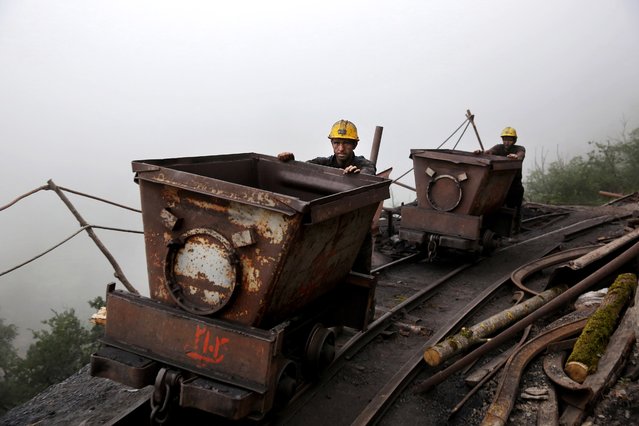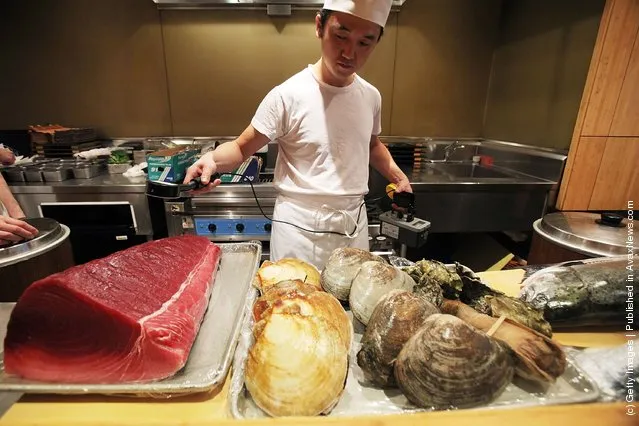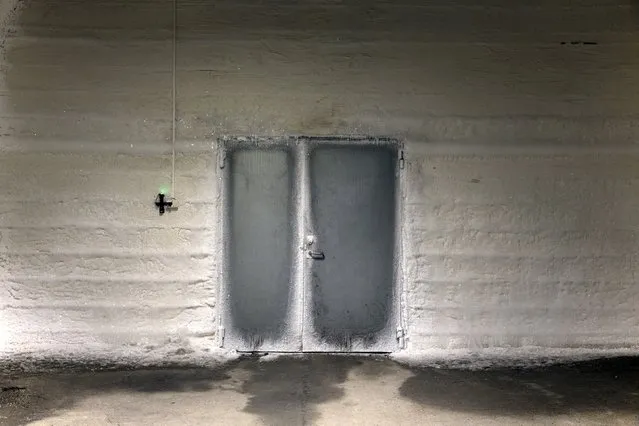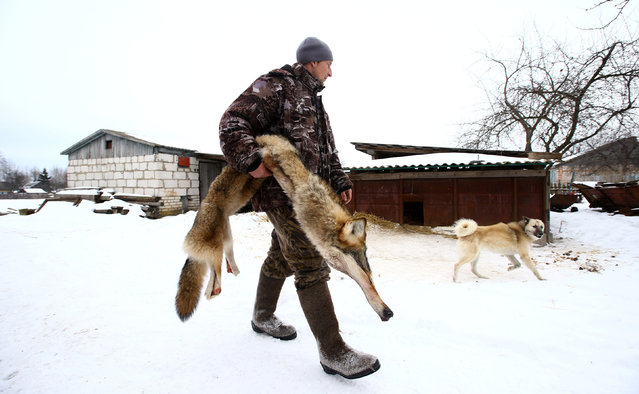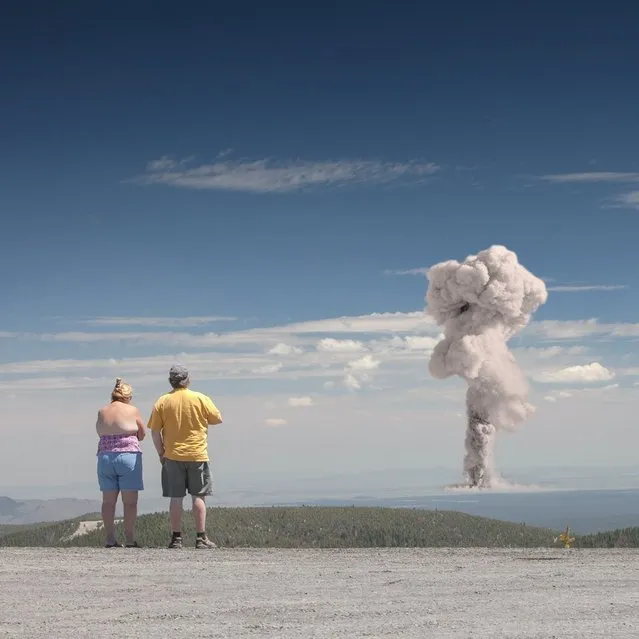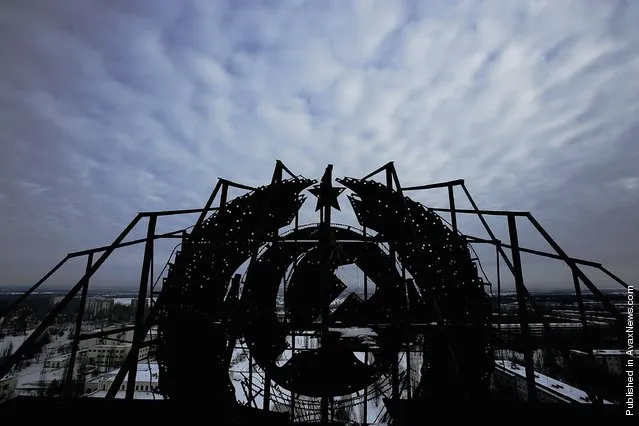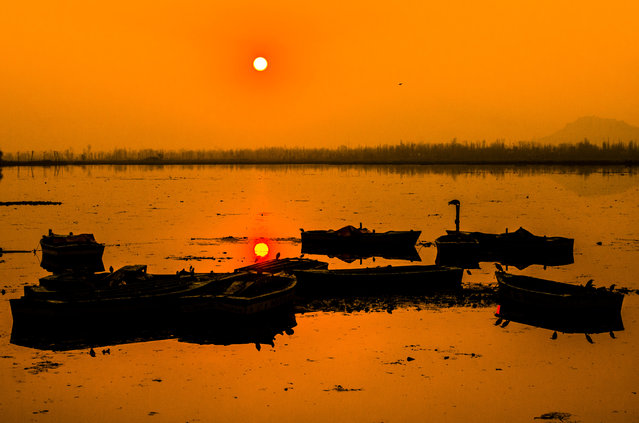
Boats moored in the middle of Dal lake are silhouetted against the setting sun on January 15, 2018 in Srinagar, the summer capital of Indian administered Kashmir, India. Kashmir, the Muslim majority state, known as the “Paradise on Earth” has for centuries captured the imagination of many writers, poets and film makers and is integral to the tourist trade. Kashmir has been a contested land between nuclear neighbors India and Pakistan since 1947, the year both the countries attained freedom from the British rule. (Photo by Yawar Nazir/Getty Images)
03 Mar 2018 00:01:00,post received
0 comments

